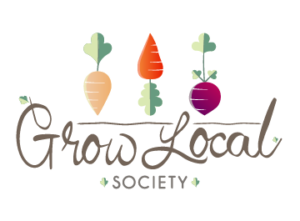The Coquitlam Farmer’s Market is a food hub and draws in a great cross section of shoppers.
 While Elke, Ken and their son Erik manage farms separated by distance, the desire to grow quality produce binds them like they were run next to each other. Ken and his wife have been growing plants since the 1970’s, first developing Rainforest Gardens, a retail and mail order perennial nursery. He says his sons desire to dive into the food side of farming is what has gotten them where they are today.
While Elke, Ken and their son Erik manage farms separated by distance, the desire to grow quality produce binds them like they were run next to each other. Ken and his wife have been growing plants since the 1970’s, first developing Rainforest Gardens, a retail and mail order perennial nursery. He says his sons desire to dive into the food side of farming is what has gotten them where they are today.
Erik started it all, taking over areas of our nursery and then moving to Cawston. Amazing to think we are now heading to 100% veggies and fruit production.
In the 2000’s their passion blossomed into Red Barn Plants & Produce growers of interesting vegetables, herbs, edible annuals and of course intriguing perennials. The family currently has one farm located in Maple Ridge and another situated in Cawston. Prior to his adult farming days, he grew up around plants, stemming from his mother’s love of growing produce.
My mother was a farm girl and she always seemed to have a packet of seed around for us.
Elke and Ken say their two farm locations are a large reason why they can grow a good selection of plants, fruits and vegetables. So as a food producer in British Columbia, why is it important to buy locally?
I am going to take the glass half full answer to this. Keeps money and employment local. Half empty answer; what if something goes wrong out there
in the big world?
Ken says the success of the buy local movement rides on the principle that farmers’ voices are heard and understood.
Farmers must be heard not just the food advocates.
He adds that the movement should stop trying to expand and “create a solid foundation.” While Ken points to the fact that sustainability means something different to everyone, one thing Red Barn Plants & Produce focuses on is quality products with a strong focus on community engagement.
